It’s been more than a century since women gained the right to vote in New Zealand, and since that time our cultural landscape has changed dramatically.
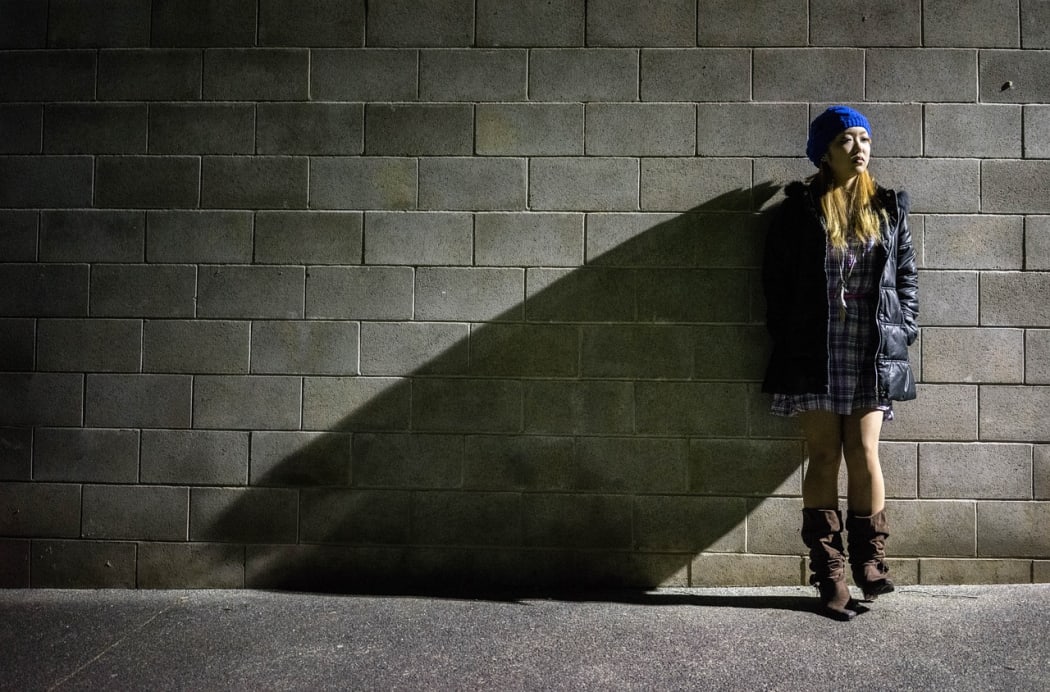
What does it mean to be a woman of colour in a predominantly white society? Photo: Creative Commons
Today, New Zealand is made up of a tapestry of diverse cultures. But back when the suffrage movement was taking place, it was largely driven by colonial Kotahitanga women.
At least, that’s what the history books would tell you.
Māori suffragists were also part of the movement, but have largely gone unrecognised.
Lizzie Marvelly is a singer, a columnist for the NZ Herald and a public speaker on women’s issues. She’s currently co-producing a documentary about Māori suffragists called He Māngai Wāhine, which traces those stories of Māori women who were politically active around the time of the suffrage campaign.
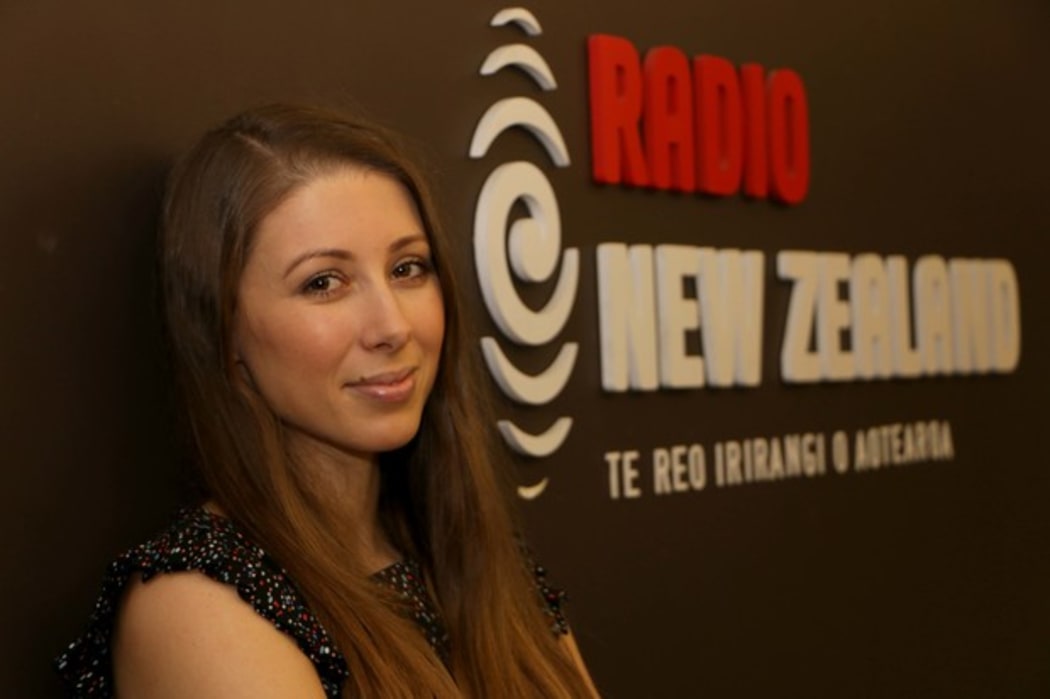
Lizzie Marvelly Photo: RNZ
One of those women was Mere Te Tai Mangakāhia, whose father was a Rangatira.
“She was only 24 when she stood at the Kotahitanga and presented a motion asking for women to be enfranchised,” says Marvelly.
Importantly, Mangakāhia also fought for women to govern.
But in order to have a say, Māori women would have to give up something fundamental to them. In joining Kate Sheppard’s suffrage movement, Māori women were presented with a pledge from the Women’s Christian Temperance Union (WCTU).
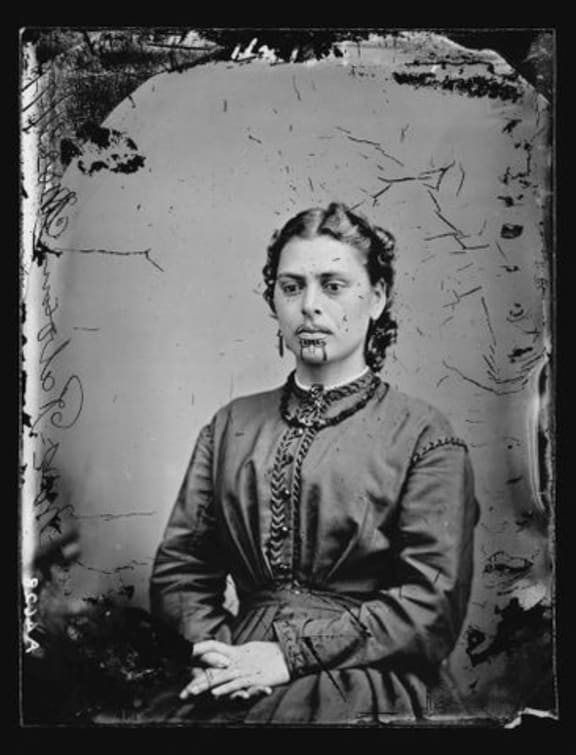
Head and shoulders studio portrait of a Maori woman with moko. c1871. Photo: Te Papa All rights reserved
The pledge explicitly stated that along with vowing not to consume alcohol or smoke tobacco, they would also have to forgo receiving their Moko (or sacred female facial tattoo) in order to join the movement.
“They were being forced to adopt this potentially anti- Māori framework - one that had no understanding or respect for the cultural practice of Moko Kauae,” says Marvelly.
It is around this time that the practice of Moko Kauae becomes less common: “On one hand it’s a vow to join this temperance movement, which was about prohibition, but in order to have that you’ve got to give up your cultural practices,” she says.
So what was really at stake for Māori women? Were they prepared to give up almost anything to have a say?
While the temperance movement was the driving force behind women’s suffrage, it had serious flow-on effects for Māori. It was a matter of survival and a fight to keep their land.
Libby Hakaraia is a journalist, filmmaker and founder of the Māoriland Film Festival in Ōtaki. Her great- great- great Grandmother Merehuia, also lived in Ōtaki, and was one of those suffragists who signed the 1893 petition. She did so with her Pākehā name, Mary Bevan.
Hakaraia says Mereruhia had a series of names she used in her businesses, and different dealings. So why did she sign the petition with her Pākehā name?
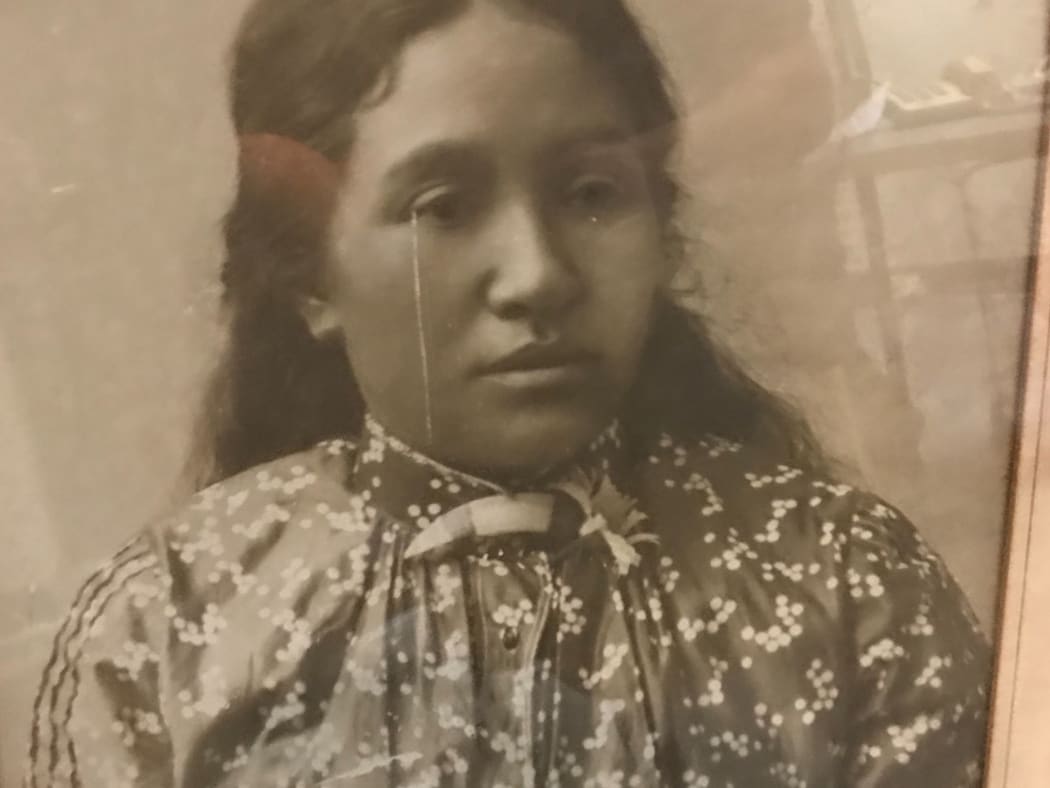
Mereruhia knew the weight of signing documents. Photo: Supplied
“She was saying, if I sign it in my name will that make me less? No. But will it be seen to be less? Possibly. So because she could, she did,” says Hakaraia.
Mereruhia was born at a time of change. The powerbase for Māori was beginning to shift with the influx of Pākehā settlers who brought plenty of bad habits with them.
“Alcoholism was a scourge,’ says Hakaraia. “And Māori took to the bottle - sometimes not by choice.
“If you could turn someone into an alcoholic you could take their land.”
Māori women in the late 19th Century had other freedoms that Pākehā women aspired to. Importantly, they had rights to land. That in itself made them powerful and respected within their own communities, and in New Zealand society as a whole.
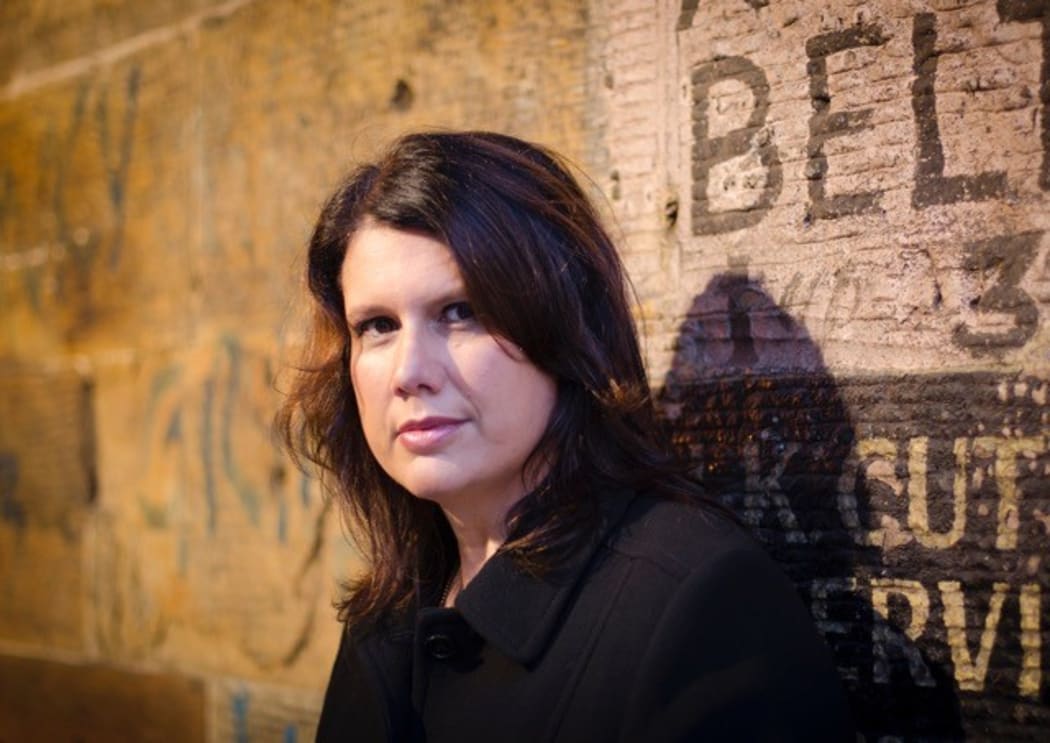
Author Paula Morris says growing up wasn't always easy. Photo: Supplied
It could be argued that this is when attitudes towards Māori began to change and that change has shaped perspectives on what it means to be Māori and female today.
Because being a woman of colour in a predominantly white society is layered with a multitude of complex, cultural layers and values that affect how a woman presents herself to the world. But for the most part, this is something that remains largely invisible.
Kiwi author Paula Morris understands. She has a deep connection to her Māori heritage but says it hasn’t been easy.
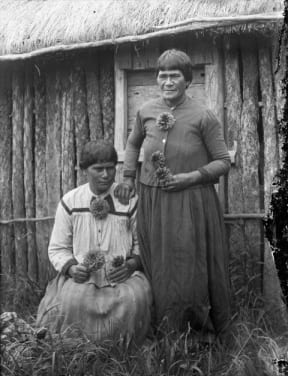
Paula Morris' great-great-grandmother, Rahui Te Kiri with her daughter, Ngapeka, taken on Hauturu (Little Barrier). Photo: Supplied
“When I was about five, my mother came up to school to complain because I was being terrorised by some other child.
“The teacher said, ‘This person is a Māori boy and Māori children are very naughty.”
Morris says her mother was outraged.
Paula had been brought up visiting her marae with her aunties and grandmother and was encouraged by her Pākehā mother to engage with her Māori roots. She learnt waiata and would often perform for her family.
But straddling two different worlds created tension.
She could pass as ‘white’ and says she was hyper aware of the stereotypes - that Māori were seen as the poor kids who weren’t very academic. They went to school without shoes on and were considered to be the naughty.
Labour MP Kiri Allan was aware of the shame of what it meant to be Māori when she was growing up. Her grandmother was a dark skinned woman who married a Pākehā man.
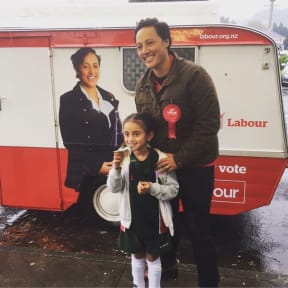
Kiri Allan is in touch with her community in the East Coast. Photo: Supplied
“She was always very ashamed of the fact that she was Māori because she had brown skin,” says Allan.
Her uncles even have memories of their grandmother putting white powder on her face and only hanging out her washing in the evenings because she didn’t want the neighbours to see her.
“She was an incredibly strong woman in terms of raising the family, but she carried a lot of hurt.”
Allan, who is now in her thirties, says it was a negative thing to be Māori when she was at school.
“It was something to be ashamed of, and I remember when we were 14 years old, one teacher said, ‘All you girls are Māoris, you’ll be pregnant by the age of 15 so we better give you sex education early.”
Allan feels that things haven’t changed that much today.
“Yes, that’s still a stigma that many children go to school with and that’s reflected systemically right through things like our justice system. There’s still that stuff going on and we’ve got a bit of work to do in this country.”
Listen to the podcast to hear more about the issues that non-Pākehā women are affected by today and the complex layers that make up their identity.

